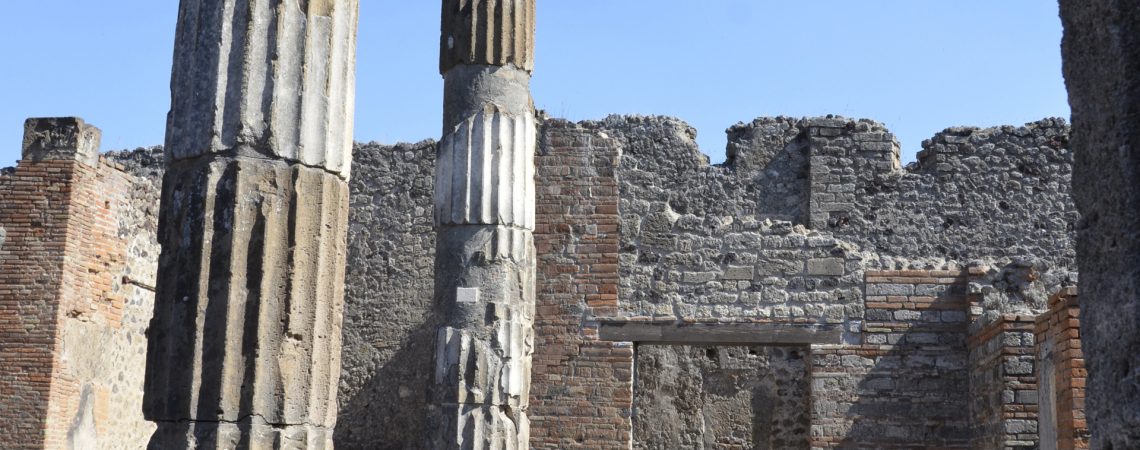Located in the shadow of Vesuvius, Herculaneaum is an ancient Roman village that was destroyed when Vesuvius erupted in 79 AD. The ruins of the city lay in the region of Ercolano, in Campania. Just a twenty minute drive from Ancient tradition connects Herculaneum with the Greek hero, Herakles.
Herculaneaum is a UNESCO World Heritage Site and continues to be a main attraction to all visitors to the region. Unlike Pompeii, the deep pyroclastic material which covered the city actually preserved the wooden and other organic-based objects: roofs, beds, doors, food and some 300 bodies discovered in recent years along its seashore. Dating back to 79AD, it was a wealthy town with elaborate houses made of marble and decorated with fine art.
After the eruption of Mount Vesuvius in 79 AD, the town of Herculaneum was buried under 20 metres (50–60 feet) of ash. It was hidden intact until excavations and discoveries that began with Prince d’Elbeuf’s explorations in the early 18th century. Excavations continued over the years, uncovering buildings that are now visible. However, 75% of the town still remains buried.
Ancient history connects the name of Herculaneum to the Greek hero, Herakles. The inhabitants worshipped Hercules, who was believed to be the founder of both the town and Mount Vesuvius. Discover Herculaneam; it’s a short drive from Pompeii.

